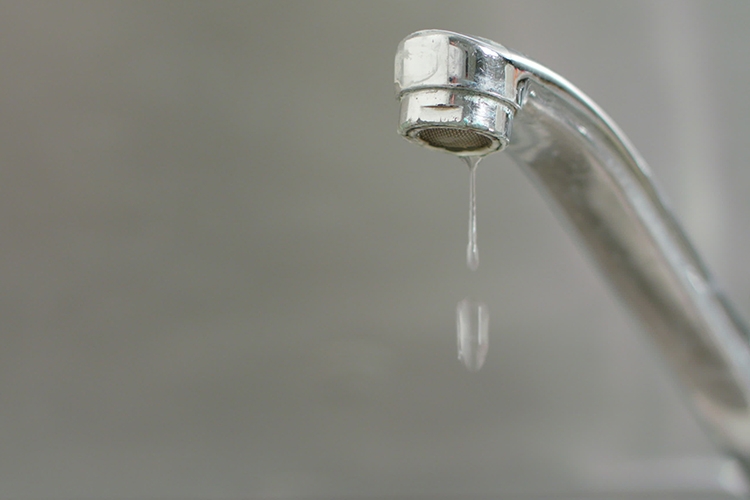By Beau Bishop – senior vice president, catastrophe operations and Ed Reis – president, repair solutions
As property owners in the U.S. navigate a challenging winter season, the concern around pipes freezing increases.
Frozen pipes can cause major issues in your home, as they prevent water flow and eventually burst, causing damage and flooding. Regularly review your insurance policy to understand the response to this type of loss, as many have a coverage cap applicable to losses resulting from a broken pipe. You should also understand whether your policy covers temporary housing expenses if the home becomes uninhabitable due to a burst pipe.
Preparing for a potential freeze
Pipes are often located in cabinets; when the temperature drops, it’s a good idea to keep cabinet doors open so the heat from the rest of the house can keep the pipes warm as well. Also, leave all interior doors open so heat can circulate throughout the home. Allowing faucets to drip will help relieve the pressure build-up. Sealing up holes and cracks — especially those located near pipes — will help keep the cold air out and the warm air in. Pipes found in areas like basements and attics are likely to need extra insulation to keep them from freezing. Supplementary insulation can also be added to walls and ceilings to keep pipes there warm. Pipes can be fitted with foam rubber or fiberglass sleeves to decrease their chances of freezing.
Our property team continues to monitor the potential for winter storms. In addition to loss adjusting services, we offer repair solutions, temporary housing, building consulting, contents and inventory solutions, forensic accounting services and engineering to assist insurers and their policyholders. If you have questions or need assistance, visit our CAT resource center.

